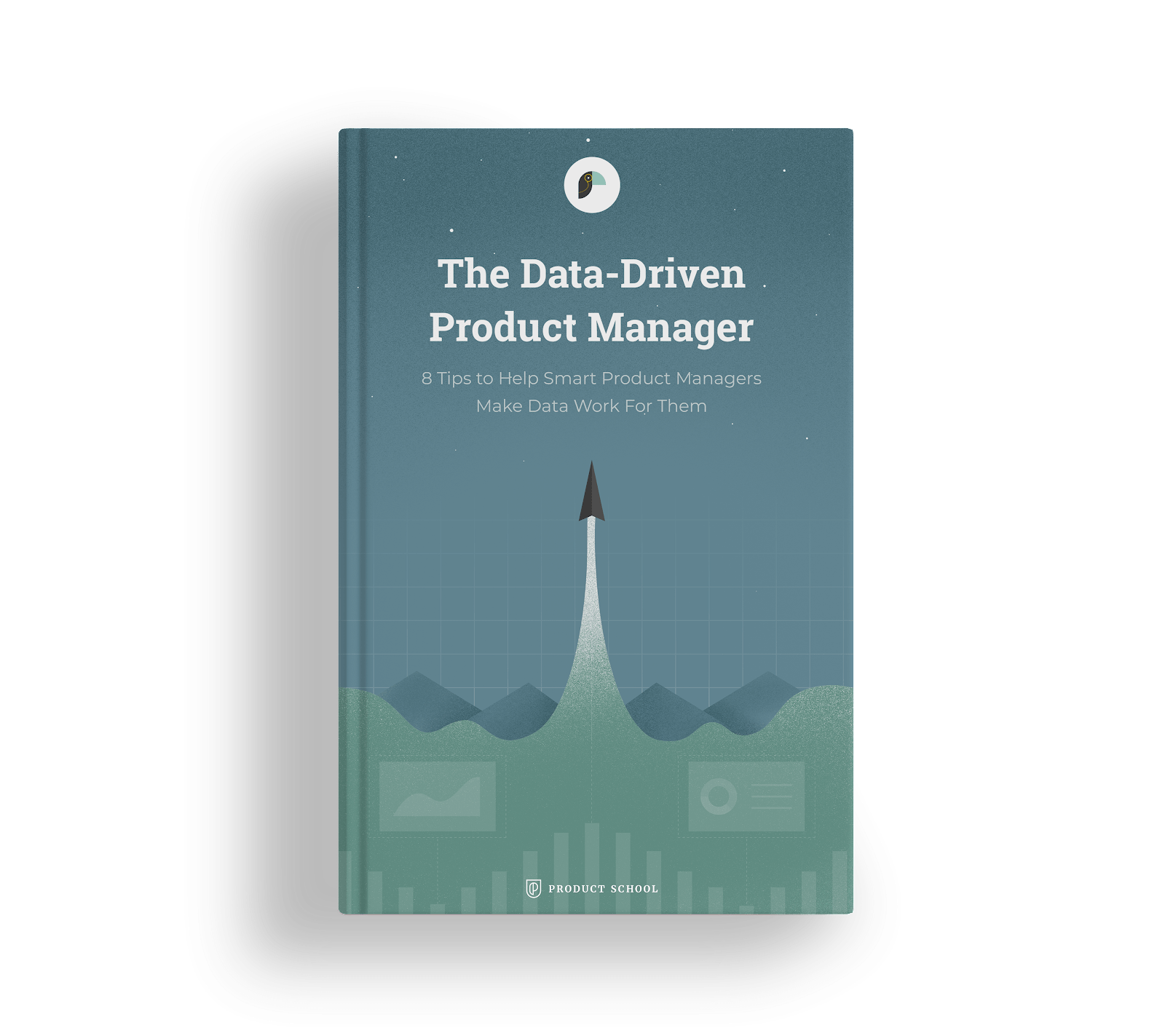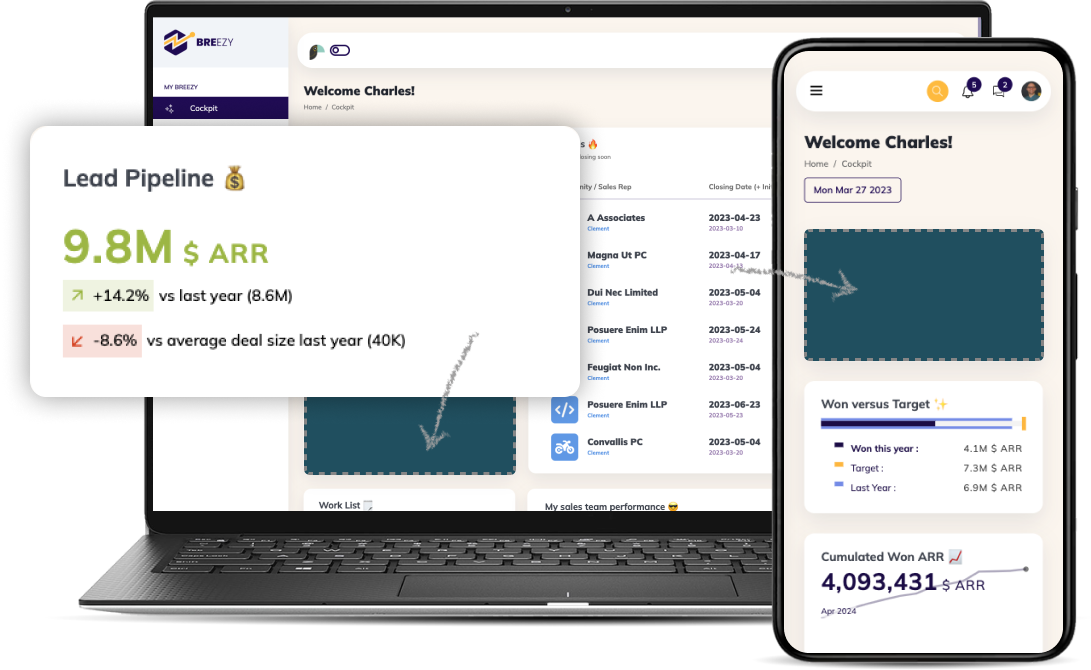In this guide, you'll learn what white label data analytics is, why it's crucial for SaaS businesses, how it works, how to choose the right platform, and how it can accelerate your growth.

1. What Is White Label Analytics?
White label analytics often builds upon the foundation of embedded analytics by adding full branding control. While embedded analytics focuses on integrating charts and dashboards into an application, white label analytics ensures that the entire analytics experience can be rebranded and fully aligned with the brand's identity, offering a seamless and native user experience.
Examples:
For example, a project management SaaS integrating branded dashboards for project metrics offers clients a cohesive experience aligned with their main product. Similarly, a marketing platform providing customized campaign performance reports under its brand helps users make data-driven decisions while reinforcing brand identity.
2. Why Businesses Choose White Label Analytics Solutions
Choosing a white label solution offers several competitive advantages:
- Strengthen Your Brand Identity
White label analytics allows companies to deliver analytics that visually match their product’s look and feel. This cohesion strengthens customer trust and loyalty by offering a unified experience, where users perceive the analytics as an integral part of the platform.
- Speed Up Time-to-Market
Developing custom analytics from scratch can take months or even years. White label solutions enable businesses to deploy powerful analytics features quickly, allowing them to meet market demands and customer expectations without delay. - Reduce Development and Maintenance Costs
Building and maintaining an in-house analytics platform demands substantial resources and technical expertise. By leveraging white label solutions, businesses can avoid these high costs, allocating their budgets to core product development and marketing instead. - Focus on Core Business Functions
SaaS companies can concentrate on enhancing their main offering while analytics experts handle the complexity of data processing and visualization. This division of labor ensures higher efficiency and product quality. - Deliver a Seamless User Experience
Modern users expect intuitive, user-friendly dashboards and reports. White label analytics ensures that the visual and functional aspects of analytics blend seamlessly into the existing product, enhancing the overall user experience.
.png?width=561&height=526&name=White%20Label%20Data%20Analytics_%20The%20Ultimate%20Guide%20-%20visual%20selection%20(1).png)
Check our "Buy versus Build" ebook to learn more.
3. How Does White Label Data Analytics Work?

At its core, a white label analytics platform provides several crucial functionalities:
- Data Integration
These platforms connect to various data sources via APIs, ETL pipelines, or direct database access. This capability ensures that data from CRM systems, databases, or third-party services is easily accessible and centralized for analysis.
- Customization
- Deployment
- User Control
Role-based access controls, authentication protocols, and permission settings are crucial to manage different user groups securely.
Toucan is an excellent example of a platform designed to help SaaS companies seamlessly embed analytics with full white label capabilities, offering unmatched ease of integration and powerful customization features.
.png?width=828&height=407&name=White%20Label%20Data%20Analytics_%20The%20Ultimate%20Guide%20-%20visual%20selection%20(2).png)
4. Challenges and Risks of White Label Analytics
Despite the numerous benefits, adopting white label analytics comes with challenges:
-
Vendor Dependency: Relying on a third-party provider means depending on their product updates, uptime, and long-term viability.
-
Limited Customization: Some platforms may restrict deep customization, which could limit your ability to fully tailor the experience.
-
Hidden Costs: Additional charges for usage limits, customization features, or support tiers can inflate the total cost of ownership.
-
Data Security Concerns: Trusting a third party with sensitive data necessitates strict due diligence on security practices and certifications.
Carefully evaluating providers can mitigate these risks significantly.
For example, Toucan offers pricing transparency by aligning its cost structure with its clients' growth, scaling proportionally with the number of end-users rather than imposing hidden fees.
5. Comparison of the Best White Label Analytics Platforms
Zoho Analytics
Pros: Zoho Analytics offers extensive data connectors, affordable pricing, and good customization features. It is ideal for small to mid-sized businesses seeking an easy-to-use solution.
Cons: While robust for many users, it may lack the scalability and depth required by large enterprises or data-intensive SaaS products.
Sisense
Pros: Known for powerful API capabilities and high scalability, Sisense is excellent for enterprise SaaS needing extensive embedded and white label analytics functionality.
Cons: Setting up Sisense can be complex for smaller, less technically resourced teams.
Logi Analytics
Pros: Highly customizable, Logi Analytics is purpose-built for ISVs and OEMs wanting deep integration and control.
Cons: A higher learning curve can slow time-to-market without experienced technical teams.
Find 5 best white label reporting tools article.
6. Key Factors to Consider When Choosing a White Label Analytics Solution
Choosing the right platform requires careful consideration of several key factors:
-
Scalability: Ensure the solution can scale as your user base grows, handling larger datasets and concurrent users without performance issues.
-
Customization Options: Look for deep branding capabilities, including white labeling at login screens, error pages, and mobile views.
-
Ease of Integration: Strong API documentation, pre-built connectors, and developer support speed up deployment.
-
Security and Compliance: Verify adherence to standards like GDPR, HIPAA, and SOC 2.
-
Pricing Flexibility: Seek platforms that offer scalable, transparent pricing that aligns with your growth projections.
-
Support and Documentation: Access to onboarding, customer success managers, community forums, and 24/7 support can be crucial.
Using a detailed checklist during your selection process helps avoid expensive mistakes later. We've created one to help you evaluate and compare embedded analytics tools with confidence.
7. Future Trends in White Label Data Analytics
White label analytics is evolving rapidly. Key trends to watch include:
-
AI and Machine Learning Integration: Future solutions will offer predictive analytics and AI-driven insights out of the box.
-
Self-Service Customization: Low-code and no-code options will make it easier for business users to personalize dashboards.
-
Real-Time Analytics: Instantaneous data refresh and real-time decision-making will become standard.
-
Greater Mobile Compatibility: Platforms will prioritize responsive design and mobile-first analytics.
Staying ahead of these trends ensures your offering remains competitive.
Toucan supports these innovations by offering built-in self-service features, a live data engine for real-time insights, and a fully responsive design that adapts perfectly across all devices.
8. Benefits of Implementing White Label Analytics for SaaS Companies
White label analytics delivers tangible benefits, including:
-
Increased Customer Retention: Clients who derive actionable insights from your platform are less likely to churn, increasing lifetime value.
-
New Revenue Opportunities: Monetize analytics features by offering tiered plans or advanced reporting modules.
-
Stronger Market Differentiation: Offering fully branded analytics differentiates you from competitors who rely on basic, uncustomized reports.
-
Faster Time-to-Insight: Users can act faster when they have intuitive, readily available insights embedded within the tools they already use daily.
.png?width=532&height=513&name=White%20Label%20Data%20Analytics_%20The%20Ultimate%20Guide%20-%20visual%20selection%20(3).png)
FAQs About White Label Data Analytics
- What are the main advantages of white label analytics?
Branding control, faster deployment, cost savings, and an enhanced user experience that boosts engagement and retention. - How does white label analytics differ from embedded analytics?
Embedded analytics integrates prebuilt dashboards into applications. White label analytics goes further by allowing companies to rebrand and fully own the analytics experience.
- How much does white label analytics cost?
Costs vary by platform, ranging from affordable SMB-focused solutions to enterprise-grade offerings with customized pricing based on usage, features, and integrations.
- What should I look for in a white label analytics provider?
Prioritize scalability, customization, security, flexible pricing, and responsive support to future-proof your investment. - Can small SaaS companies afford white label analytics?
Yes, many providers offer pricing models tailored to startups and small businesses, making enterprise-quality analytics accessible without a heavy upfront investment.
- Is white label analytics mobile-friendly?
Leading platforms now prioritize responsive design, ensuring dashboards and reports look great on smartphones and tablets. - Can analytics be monetized separately?
Absolutely. Many SaaS providers package advanced reporting features as add-ons, creating new revenue streams and boosting profitability.
Conclusion
White label data analytics empowers SaaS companies to offer tailored, insightful, and brand-aligned analytics experiences without massive investments. By choosing the right platform and focusing on user experience, you can turn data into a real growth engine.
Looking to implement white label analytics seamlessly? Explore solutions that match your needs and start delivering greater value to your customers today.





